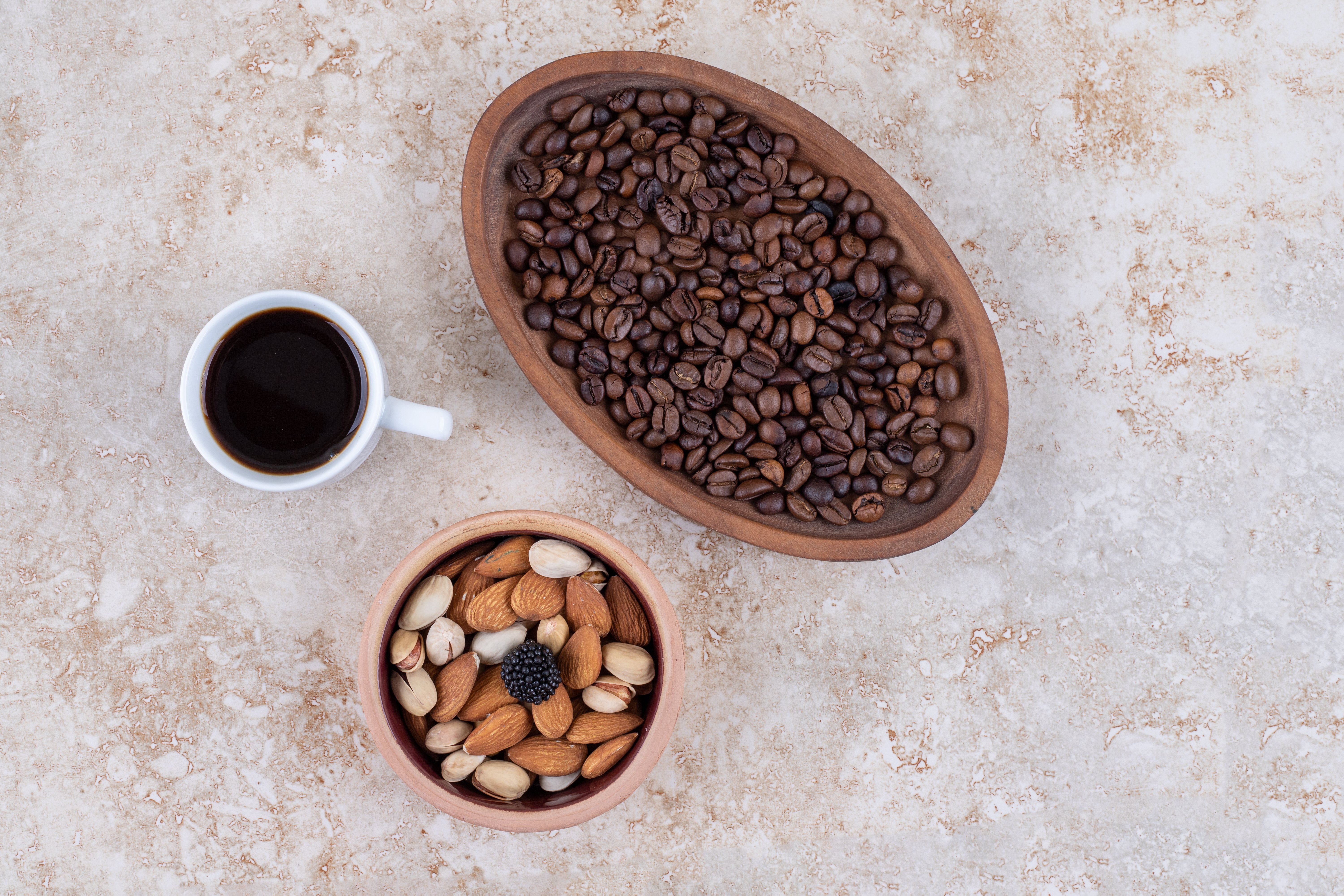Coffee is not just one taste. Coffee has a variety of flavors. That's why every coffee has a different flavor and profile notes.
For those of you who have loved coffee for a long time and have made coffee your daily addiction, surely you understand that coffee has various tastes worldwide. For those who don't know, coffee is not just one taste. In the heads of ordinary people, coffee is bitter. That's not wrong because you can never separate bitterness from the coffee. However, there are other flavor profiles and characters that, if honestly and intimately tasted, have distinctive differences.
In the specialty coffee industry, flavor or taste wheels manifest this coffee's character. But how can the taste and consistency of this coffee be present? Many factors influence it. One of those factors is the genetic nature of the coffee variety, the volcanic conditions of the area where the coffee is grown, altitude, specific climate, soil contours, shapes, and many other factors. Those factors cause different coffee tastes and characters in each country.
In general, we will describe several countries and the taste and character of their respective coffees.

Image by Freepik
Guatemala
Coffee from this country generally has a light body character, complex, sweet or heavy, and rich with a distinctive chocolaty taste.
Mexico
The light body is delicate, generally sweet, and has profile notes of caramel and chocolate.
Honduras
This coffee has a characteristic complex fruity taste and a comfortable and refreshing acidity.
Venezuelan
This coffee is generally low acidity and somewhat sweet with a complex texture and aftertaste.
Nicaragua
Coffees from this country are typically complex, from fruity to floral, with pleasant acidity and clean finishes.
Panama
It's common knowledge that coffee from this country has the characteristics of a light body, soft with citrus and floral flavors.
Ecuador
Coffee from this country has a unique character with a sweet taste and pleasant acidity.
Costa Rica
The coffee here has a clean, light body with a strong sweet taste.
Colombia
Soft acidity with a sweet and fruity chocolate taste characterizes this coffee.
Bolivia
Coffee from Bolivia is generally delightful, clean, balanced, and not too fruity.
Ethiopia
Coffee from this country is generally complex with refreshing acidity; it has a floral and fruity aroma.
Burundi
This country's coffees are generally complex and juicy with a berry flavor.
Yemen
A full body with a complex, earthy taste is the hallmark of coffee from Yemen.
El Salvador
Coffee from here is generally sweet and balanced with mild acidity.
Congo
Full-bodied, sweet, and fruity are the characteristics of coffee from this country.
India
Heavy body, creamy and low acidity are the characteristics of coffee from India.
Peruvian
Coffee from this country has a clean, soft, sweet, medium, or heavy-bodied taste.
Rwanda
Fresh and fruity flavors like red apple, grape, berry, and floral are the hallmarks of coffee from this country.
Kenya
Kenya is known for its bright, vibrant coffee characteristics and character, with flavors of citrus fruits and berries that are sweet and comfortable.
Brazil
Low acidity, and heavy body, with chocolate and nut flavors, are the hallmarks and characteristics of Brazilian coffee.
Malawi
The coffee here has a clean, sweet character with a fruity taste that is not as strong as coffee from other East African countries.
Tanzania
Complex with high acidity and fruity or citrus flavors are the characteristics of this coffee.
China
This coffee has sweet, fruity characteristics, low acidity, full body, and is slightly earthy and woody.
Thailand
Clean, low acidity and full body with a sweet taste are the characteristics and characteristics of coffee from this country.
Viet Nam
The robusta variety with a flat dominates the coffee in this country, woody taste that is not sweet.
Papua New Guinea
Complex sweet, buttery flavors are the hallmark of coffee from this country.
Uganda
Coffee from this country has the characteristic of being sweet with a dark fruity taste, balanced and clean.
Indonesia
This country has the characteristics of a rich coffee taste but generally is a heavy body, earthy, spicy, and slightly acidic. However, this does not apply to some single origins.
The combination of Coffee and Food in the World
 Image by Freepik
Image by Freepik
Each human diversity forms a tradition and ultimately influences the taste of food and drink. Then, how to determine the right food to be paired with coffee?
Sweet and Salt; Ethiopian Country
Ethiopian coffee has a smooth character and rich taste, so people generally choose nuts and popcorn as snacks in coffee rituals. A menu of slightly salty or slightly salty foods is well suited to coffee connoisseurs in Ethiopia.
Bitter and Sweet; the Middle East
The character of coffee in the Middle East is more bitter even though it still has a rich taste, so people are looking for ways to balance the bitter taste of coffee with other foods to make it more friendly. They also choose foods containing honey, cinnamon, and cardamom to match a cup of coffee.
Milk and Pastries; Europe
When coffee entered and spread to many countries in Europe, it was not very familiar, and they thought it tasted strange then. However, since the French mixed coffee with milk, known as café au lait, coffee soon began to be in great demand. Breakfast with a cup of coffee milk has become a daily routine. Accompanied by croissants, they dip the pieces of croissant into the coffee cup, and the taste is very delicious.
Not only France but almost several European countries also have the same serving pattern. Italy is famous for its cappuccino and cheese pastries, while Sweden is known as "fika."
Coffee Pairing
 Image by Freepik
Image by Freepik
Want to combine food into your coffee? Here are a few tips for determining the right foods for coffee:
- 1. Identification of the dominant taste characteristics of the coffee so that it makes it easier to find a matching food combination
- Experiment with different brewing methods to find out which coffee taste is the most dominant
- Choose food that has almost the same taste character or balances the coffee taste character





.png)





Comments